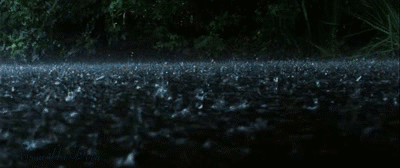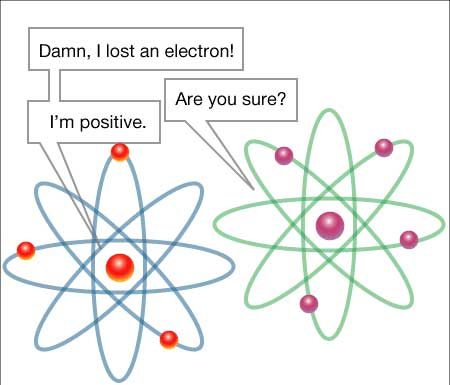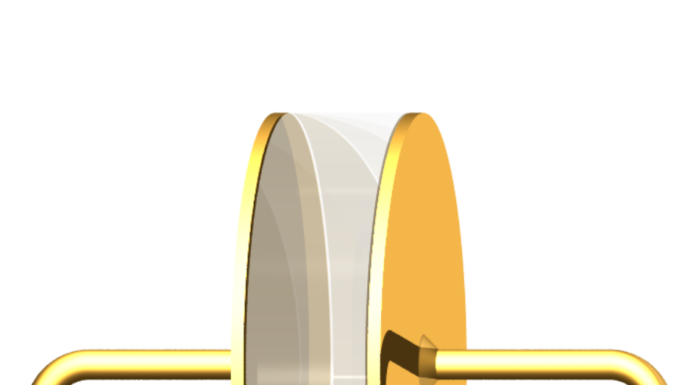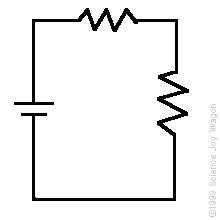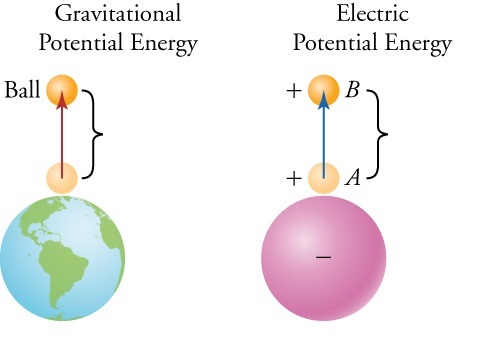Simple circuits
When charged particles build up in an object it is called static electricity. Another kind of electricity occurs when electrons flow in a current. A battery and wires can make current flow. Look at the simple electric circuit...
Calculating Lightning Distances
Watch the sky for a flash of lightning.Count the number of seconds until you hear thunder.Divide the number of seconds by 5 to calculate the distance the storm is away from your location in miles (or divide...
Electricity has a very long history.The Greek philosopher Thales of Miletus (640 - 546 B.C.) is sometimes credited with being the first person to notice that amber will pick up bits of dry grass or straw if it is...
Charles-Augustin de Coulomb was a French physicist and inventor. He is known for his contributions in the fields of physics that study electricity and magnetism, and the author of a theory called the Coulomb’s law.
Coulomb defined the electrostatic force...
Electrical Capacitance
You must have heard of the word capacity, for example the capacity of the stadium, or the capacity of the lungs. The word stadium capacity means: How many stadiums can visitors receive. so, by analogy, the word electrical...
Resistance
The electrical resistance of an electrical element measures its opposition to the passage of an electric current; the inverse quantity is electrical conductance, measuring how easily electricity flows along a certain path. Electrical resistance shares some conceptual parallels with...
There are, two circuit analysis rules that can be used to analyze any circuit, simple or complex. These rules are special cases of the laws of conservation of charge and conservation of energy. The rules are known as Kirchhoff’s...
Electric potential energy
Charges also have electrical potential energy. We learned that in work power energy chapter, objects have potential energy because of their positions. In this case charge in an electric field has also potential energy because of its...
Charging by friction, contact or induction. If you rub a balloon on your hair, electrons will be rubbed off your hair onto the balloon (charging by friction).
If you then place the negatively charged balloon near a neutral wall, the balloon...

